The Formidable, Flawed Majesty of the Warship of the Line (includes a 1m model of Montebello-Mahmudiye ships of the line)
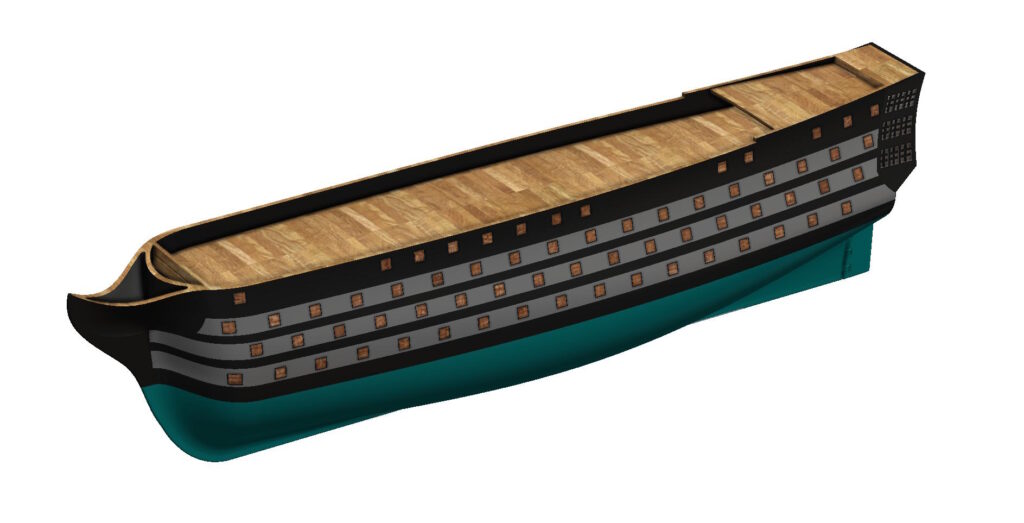
At the height of its era, the warship of the line was not just a vessel—it was an entire philosophy floating on timber and ambition. These ships were instruments of empire and emblems of statehood, their hulls stitched together with thousands of bolts, manned by hundreds of souls, and propelled by the complex interplay of wind, geometry, and blind luck.
Despite their stately appearances in oil paintings, life aboard these vessels was far from graceful. It was disciplined chaos, wrapped in a broadsided ballet of firepower and carried across oceans on sails the size of apartment buildings.
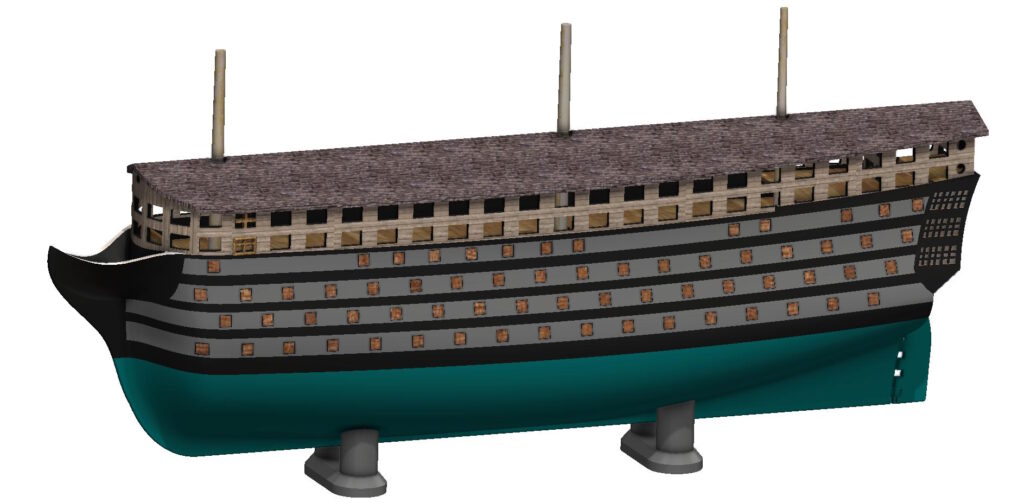
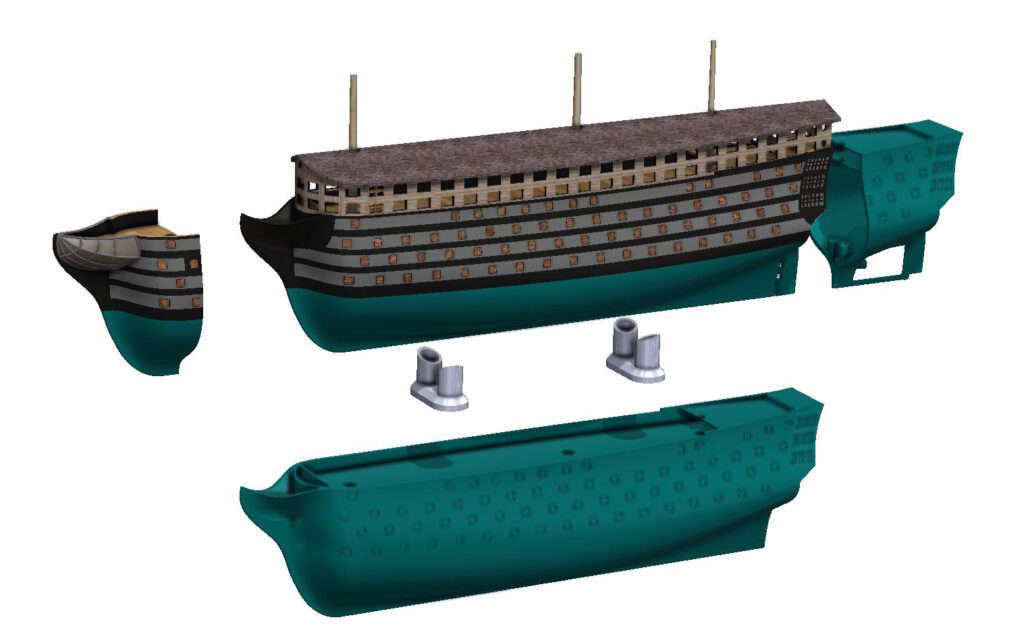
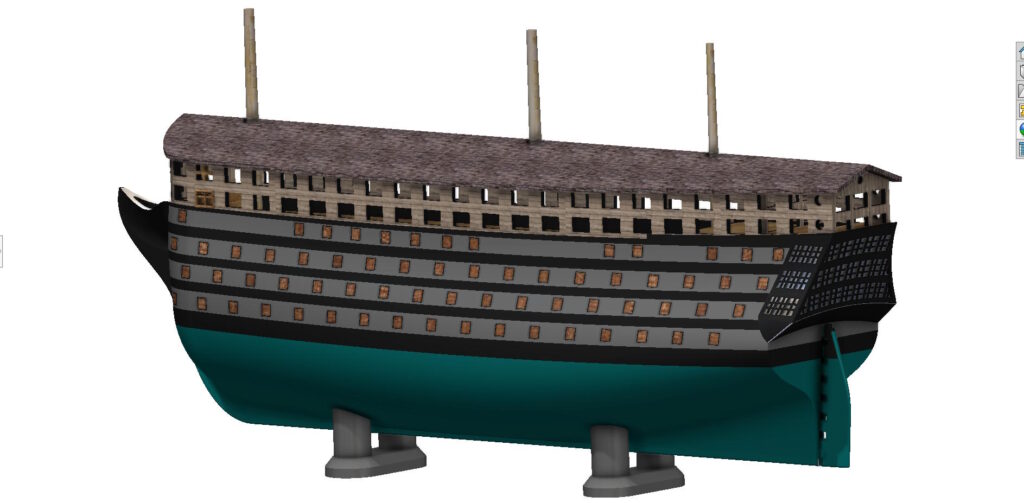
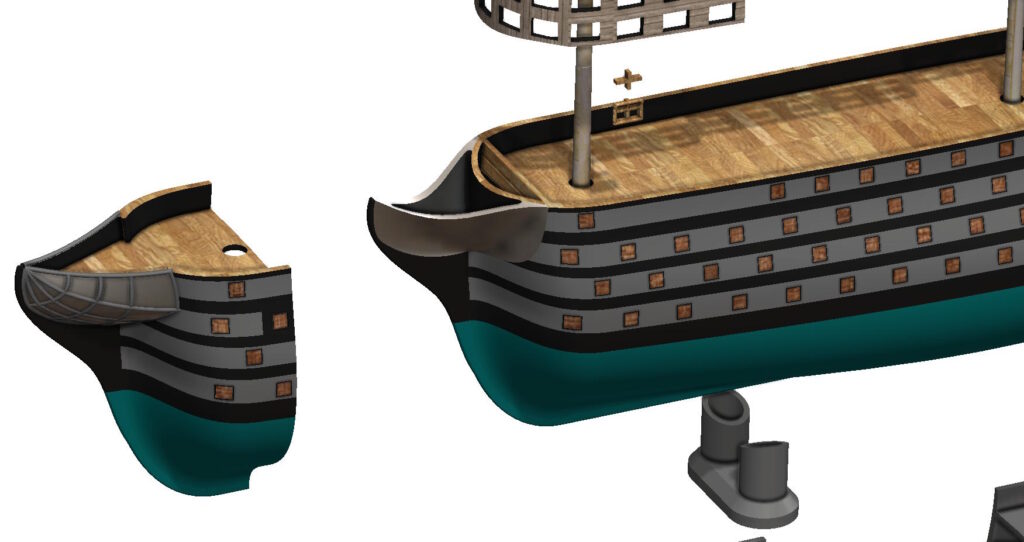
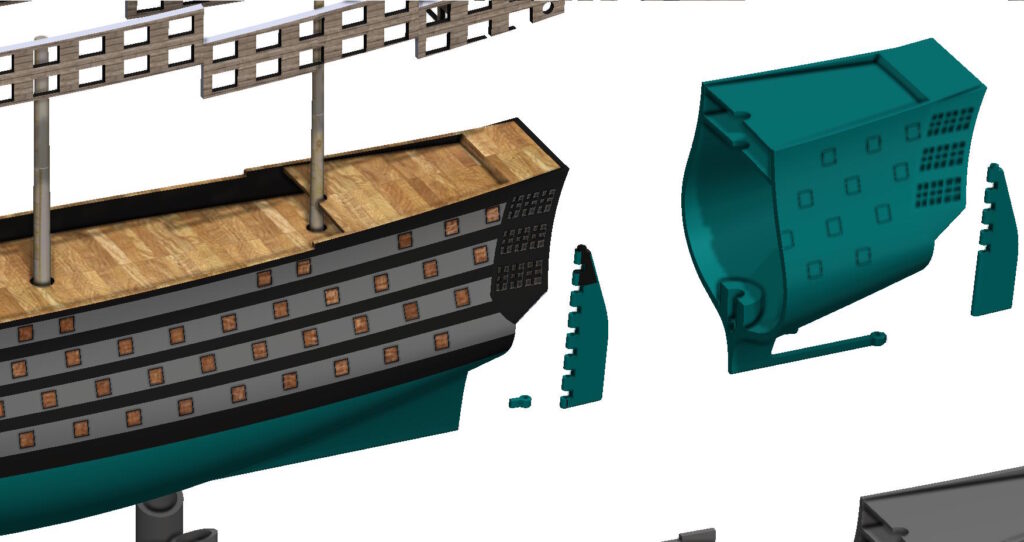

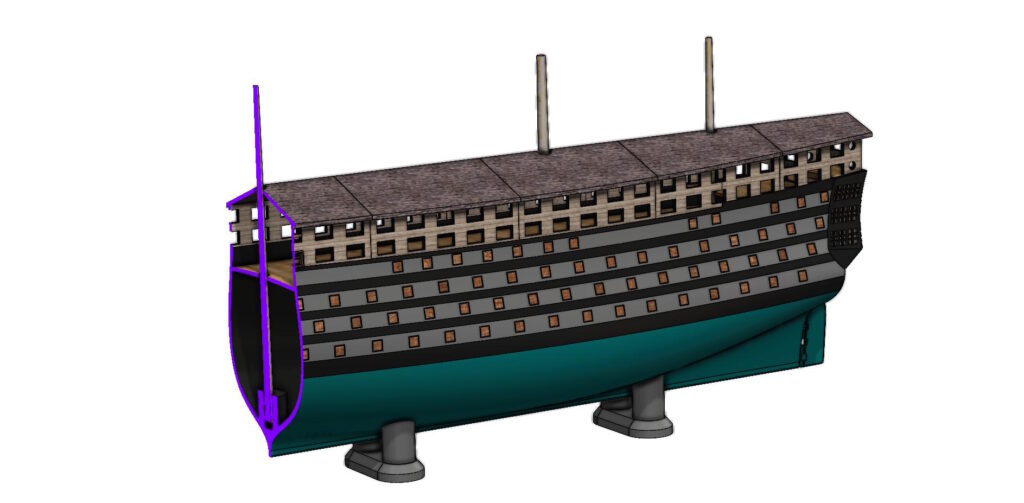
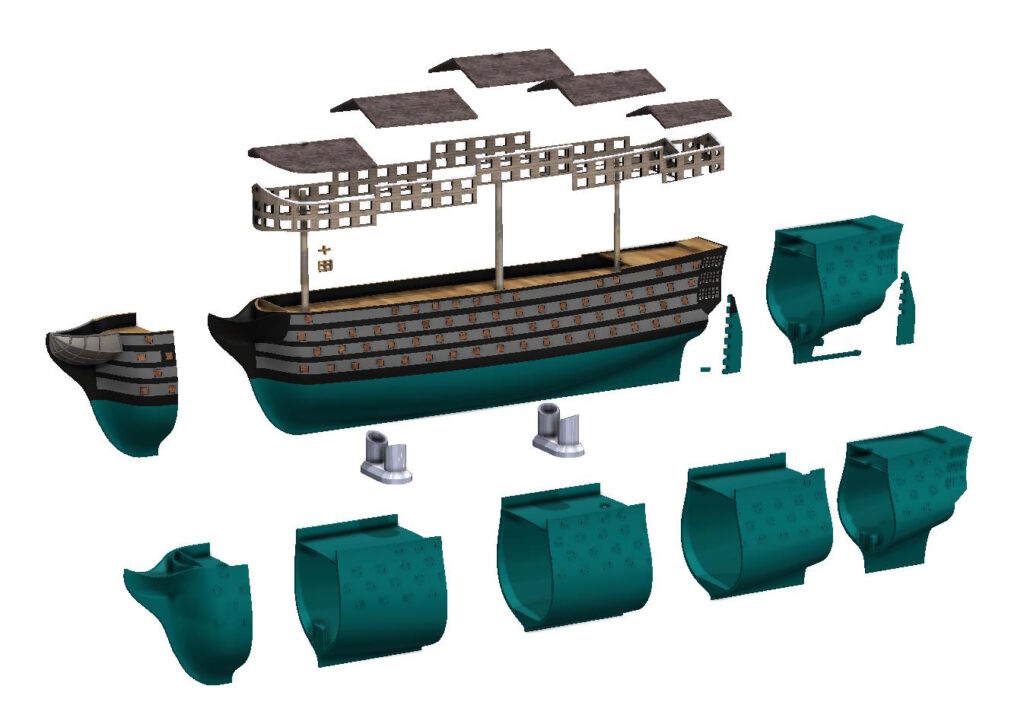
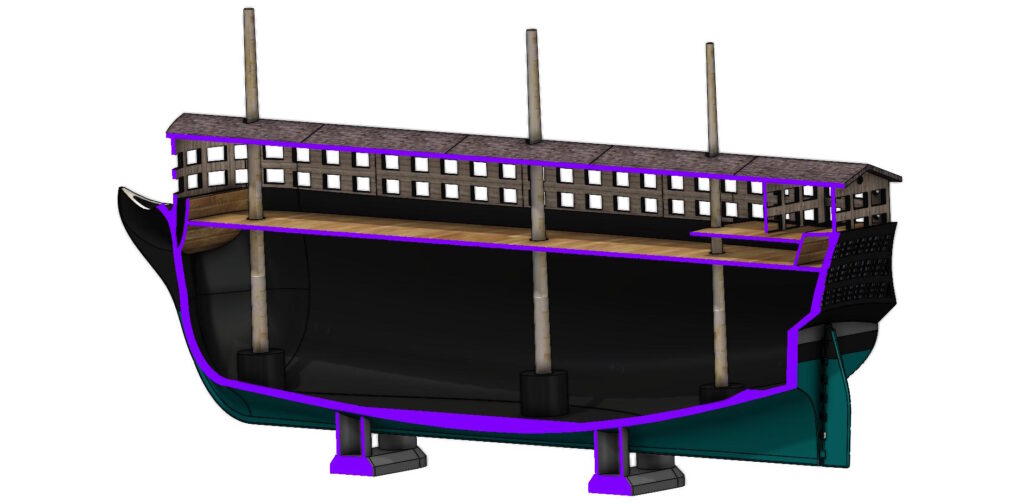
This article includes a stl file-pack to 3d print your own French 1m long Montebello or Ottoman Mahmudiye Class Ships of the line. The file pack is here. Please continue reading for a free display model of the ships.
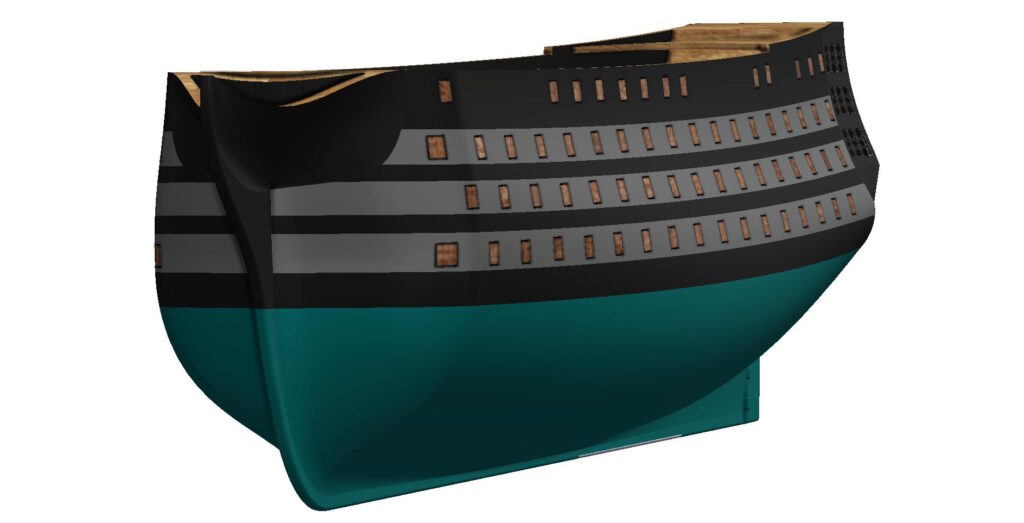
Design: Floating Fortresses with Identity Crises
The warship of the line was a compromise from bow to stern. It had to be large enough to carry dozens of guns, but not so wide that it became a floundering barge. It needed to be tall enough to support multiple decks of artillery, but not so tall as to tip over in a stiff breeze—which occasionally still happened, much to everyone’s dismay.
The prized “third-rate” ship, typically bearing 64 to 80 guns, was considered the ideal. It offered an optimal blend of firepower, speed, and the ability to maneuver without causing its own sails to fold into philosophical despair. These ships formed the backbone of fleets from Trafalgar to the Caribbean, intimidating friend and foe alike with their silhouette alone.
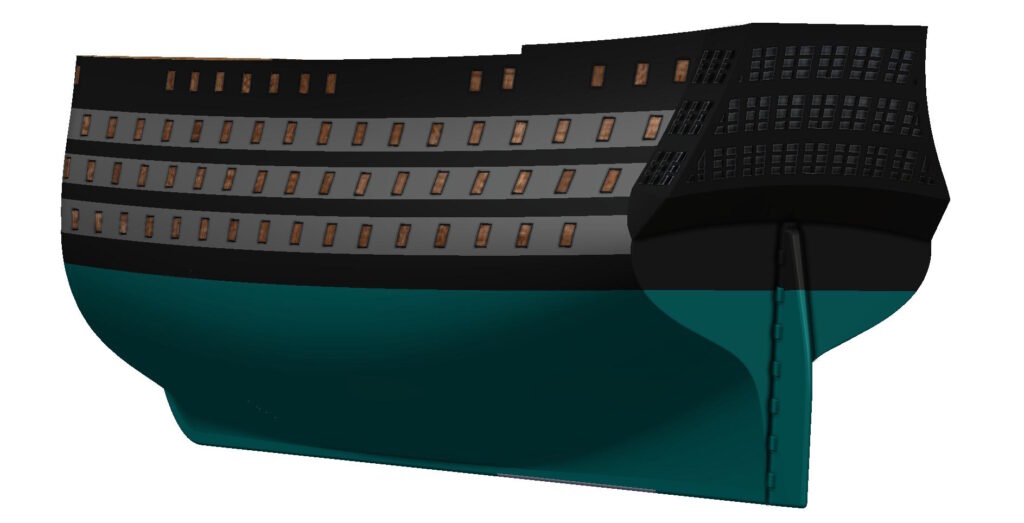
Firepower: The Mathematics of Mayhem
Each side of the vessel bristled with long guns and carronades—short, brutish barrels that roared like dragons and recoiled like disgruntled oxen. In combat, warships formed lines so they could present their broadsides, allowing them to unleash coordinated salvoes that turned the sea into a foggy abyss of smoke and splinters.
Contrary to Hollywood drama, most naval battles weren’t about boarding or heroic swordplay. They were about geometry, stamina, and crews trained to reload thirty-two-pounders faster than most people today can microwave dinner.
The result? A choreography of destruction where the winning side was often the one with the fewer shattered kneecaps and more intact masts.
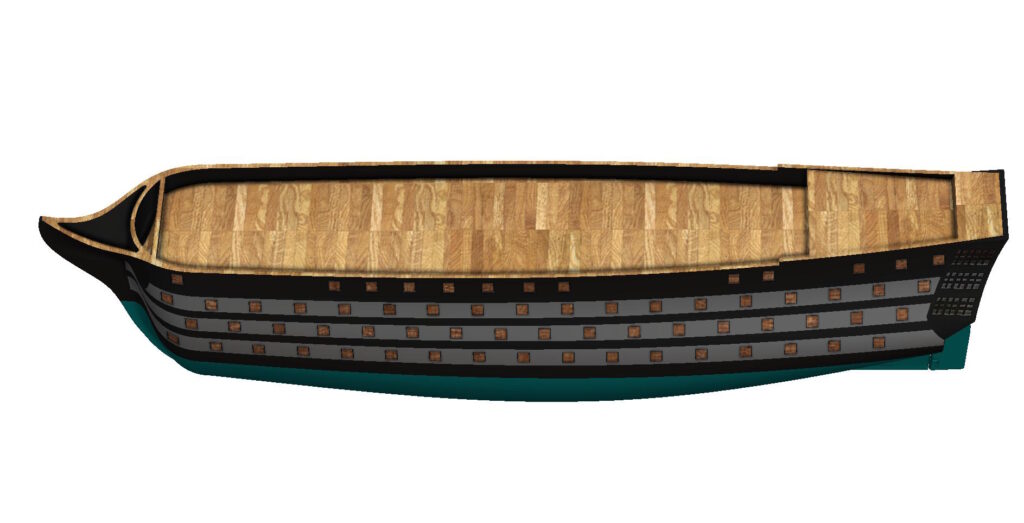
Life Aboard: Less Romance, More Salt Beef
The daily rhythm aboard a ship of the line was governed by the bell, the wind, and the whims of senior officers. Hammocks hung in rows like a suspended cemetery. Meals were communal and repetitive: salted meat, hard biscuits that doubled as dental weapons, and grog—diluted rum meant to lift morale and, if possible, suppress mutiny.
Medical care was rudimentary. If you broke a limb, the recommended treatment was often amputation. If you complained about the food, you were assigned to help cook it.
Cleanliness was largely symbolic. Freshwater was limited, bathing discouraged, and the air was a dense blend of tar, sweat, and the occasional burst of enthusiasm from the goat the crew had adopted for unclear reasons.
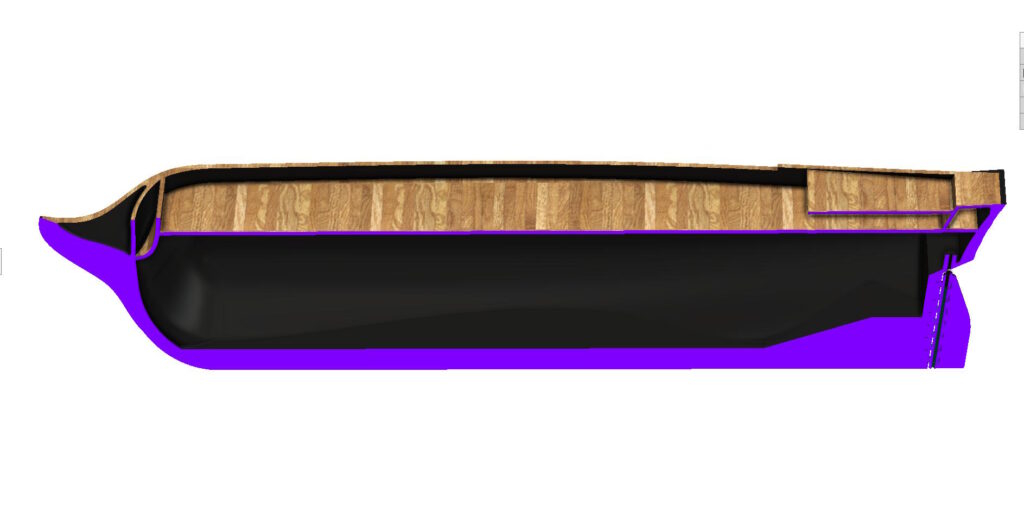
Officers and Order: Gold Braid and Iron Discipline
The command hierarchy was rigid, ceremonial, and occasionally theatrical. Captains were both tacticians and disciplinarians. Their uniforms sparkled, but their responsibilities were grim. They navigated not just wind and sea, but the fragile morale of a crew that might spend weeks in a storm with no sight of land and only a vague hope that the enemy hadn’t brought something bigger.
Orders were relayed through flags, drums, and speaking trumpets the size of garden hoses. A well-drilled crew could tack, reef, and fire on command with mechanical precision—while the officer class sipped their tea on the quarterdeck, pretending not to be terrified.
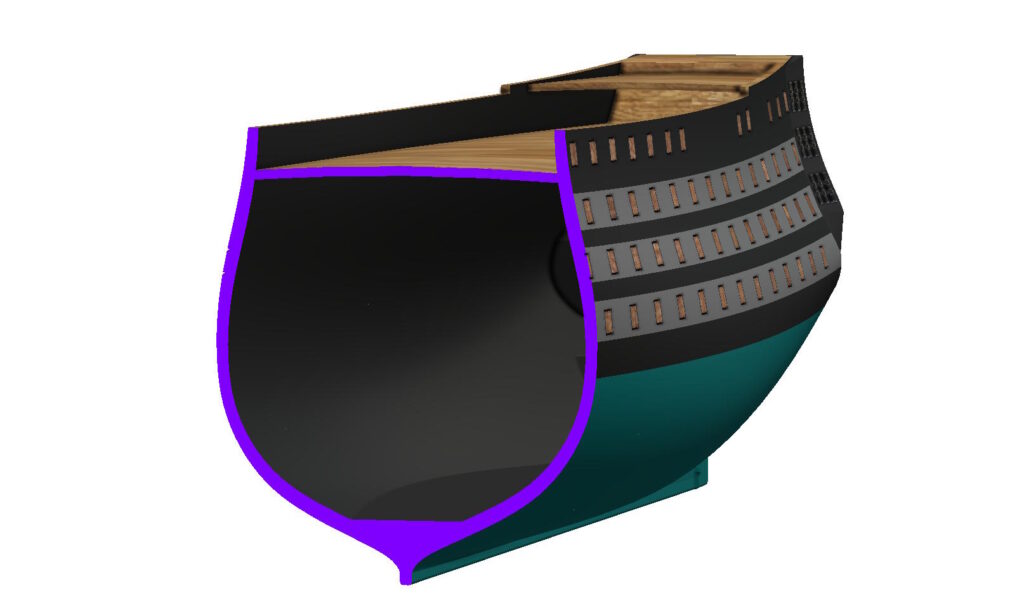
Legacy: Elegance in an Age of Noise
The warship of the line vanished not with a bang but a whistle—replaced by steam, steel, and increasingly elaborate bureaucracies. Yet its legacy endures in the mythology of naval history, in the strange nostalgia for a time when empire came with sails and cannonades.
It was a machine of contradiction: both a symbol of national pride and a claustrophobic floating prison; both a marvel of engineering and a haven for disease and despair. To sail one was to participate in the grand theatre of history, whether as a hero, a victim, or—more often than not—an overlooked swabber who happened to survive.
Sidebar: Notable Ships of the Line
- HMS Victory – Lord Nelson’s flagship at Trafalgar, still preserved today as a floating museum.
- Santísima Trinidad – A Spanish goliath carrying 130 guns, once the largest in the world.
- USS Pennsylvania – An American behemoth launched too late for fame, but armed with 140 guns just in case.
Below is our special 3D model of the ship of the line. Click the renderings to enlarge.


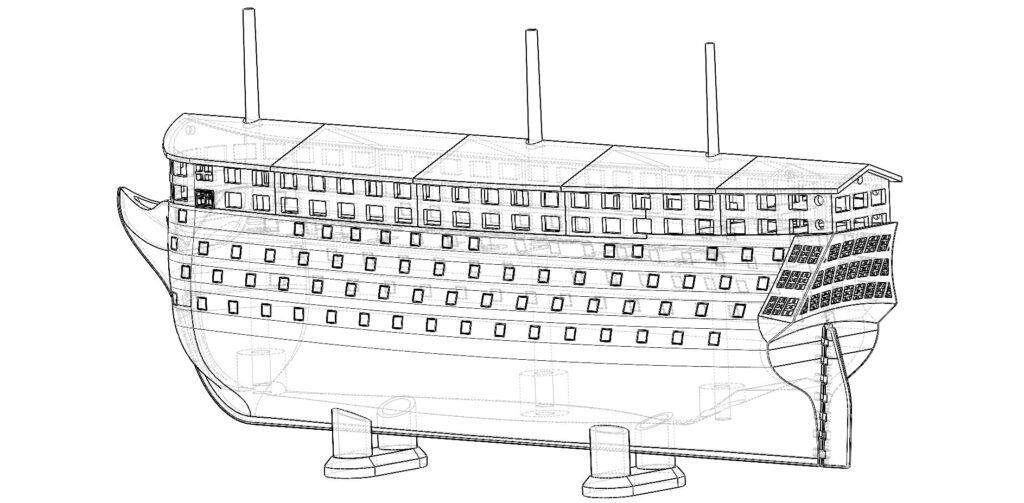




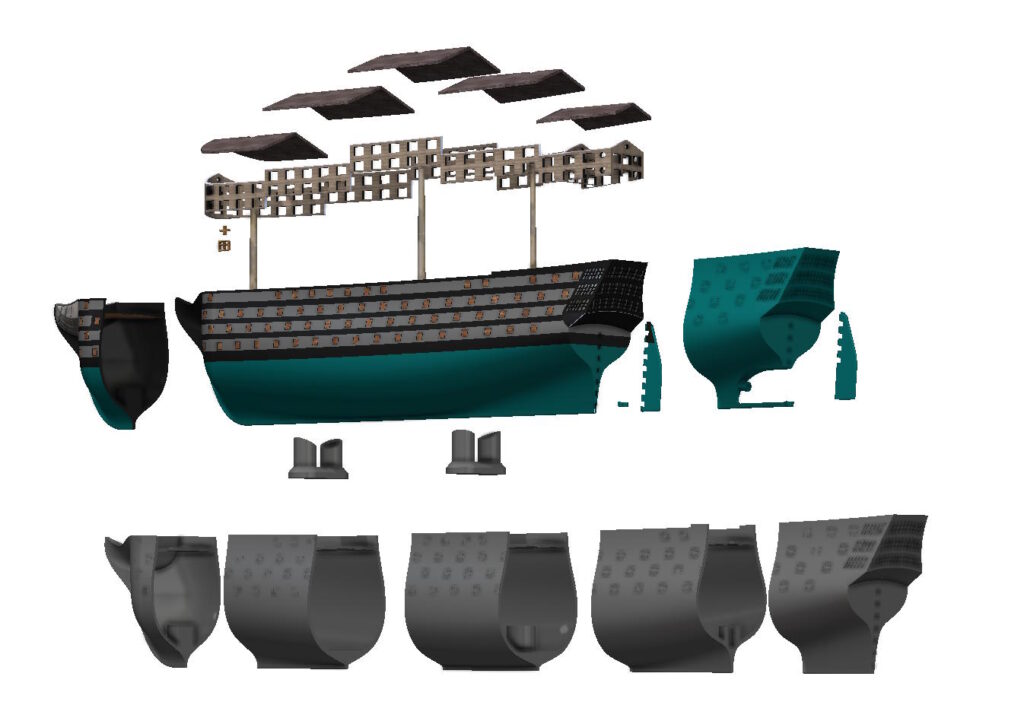
The 3D model consists of 30 separate STL files with various bow, stern versions, which will enable you to build sailing, motor-powered, or moored-hulk versions of the ships. The paid, hi-rez 3D model file pack is here.



Get your free tabletop model STL file below. Thank you for your support.
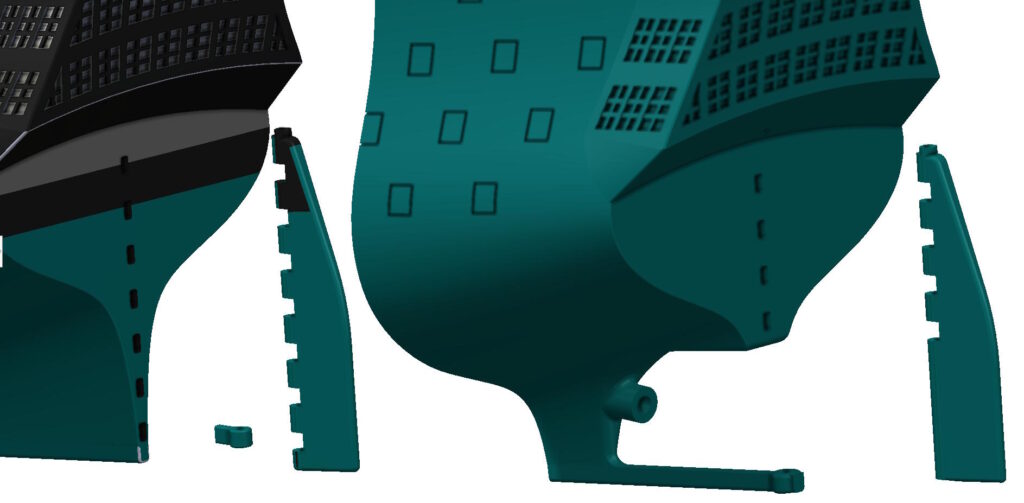






 Users Today : 83
Users Today : 83 Users Yesterday : 129
Users Yesterday : 129 Users Last 7 days : 892
Users Last 7 days : 892 Views Today : 137
Views Today : 137 Views Yesterday : 192
Views Yesterday : 192 Views Last 7 days : 1380
Views Last 7 days : 1380 Total views : 1325366
Total views : 1325366 Who's Online : 2
Who's Online : 2